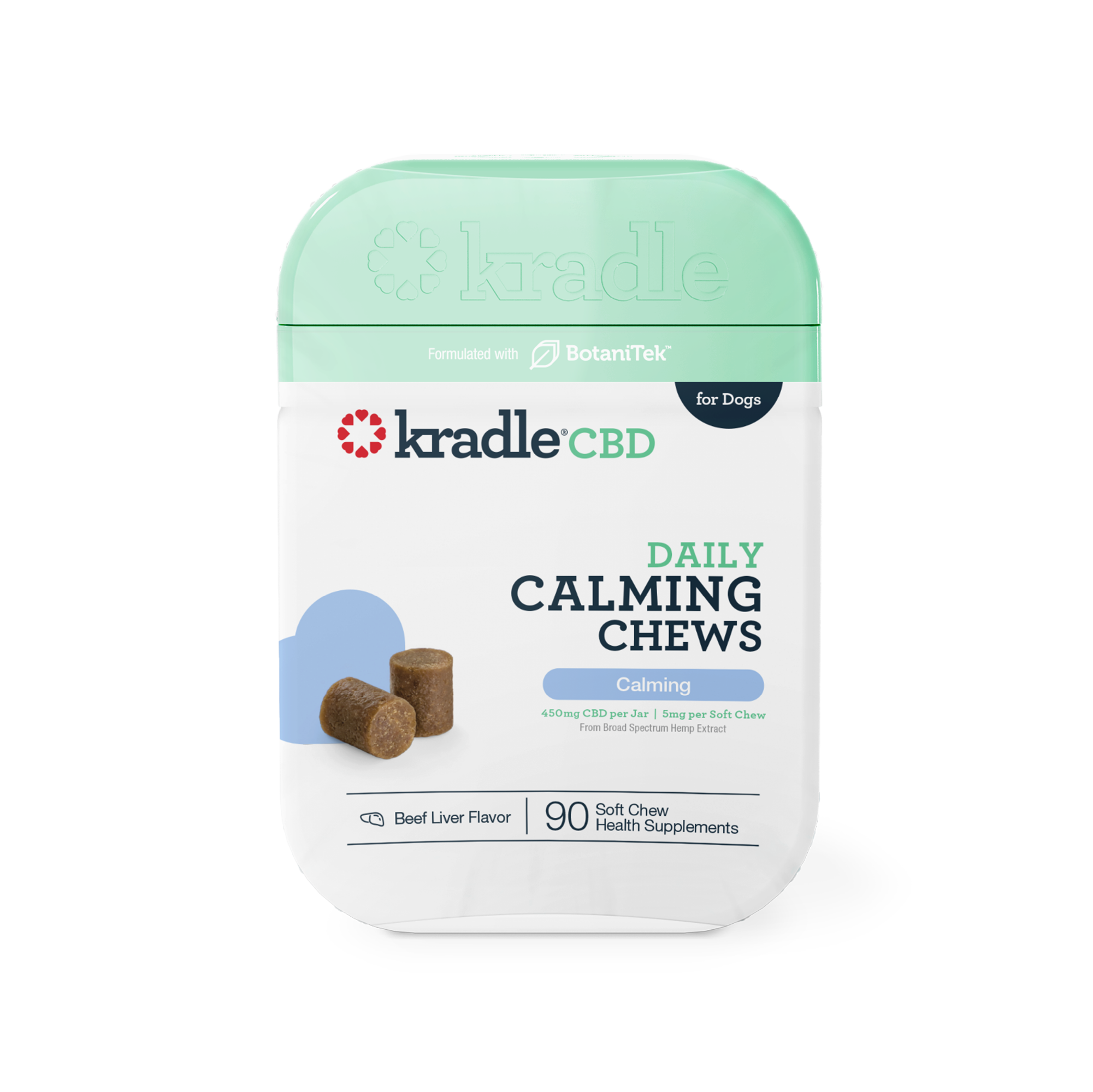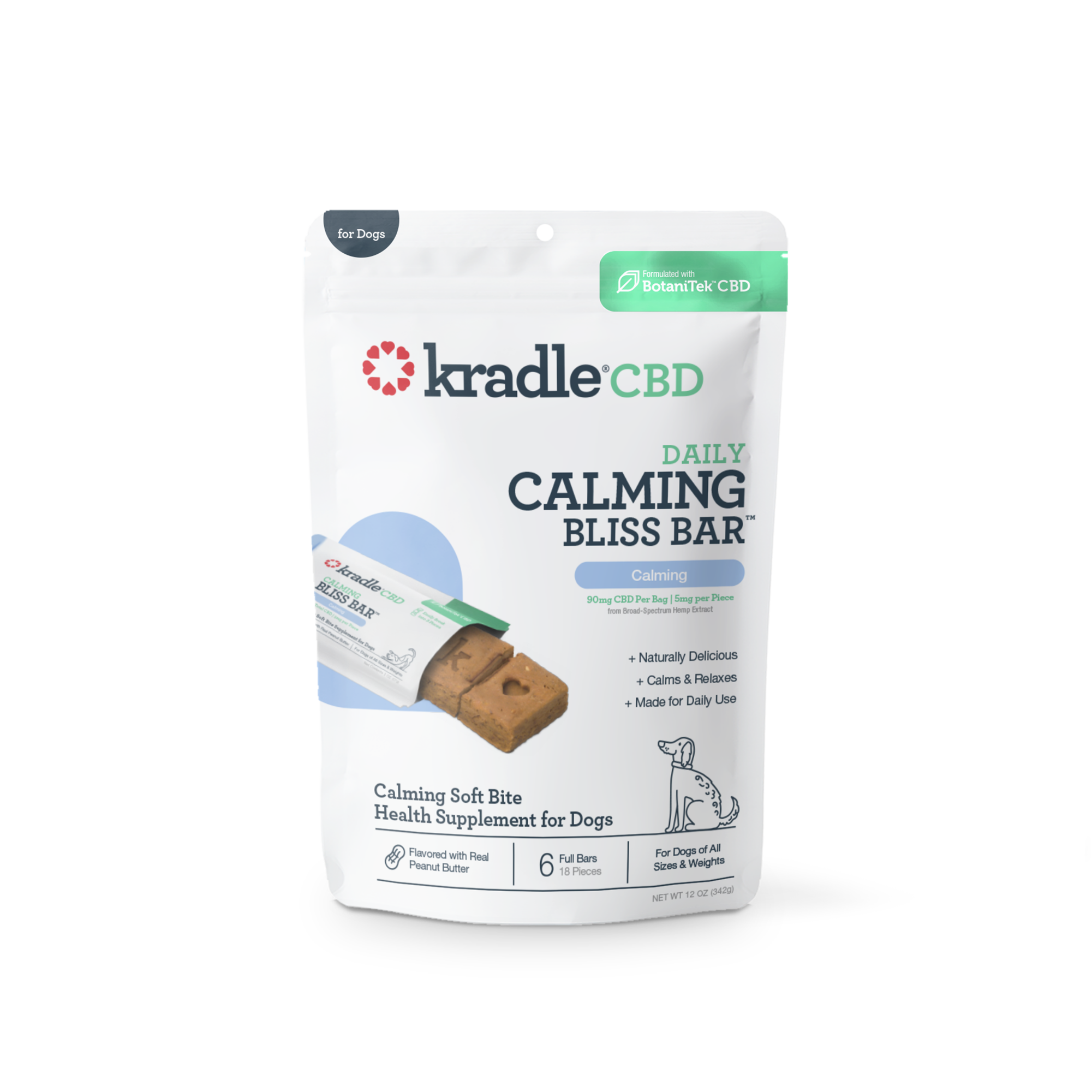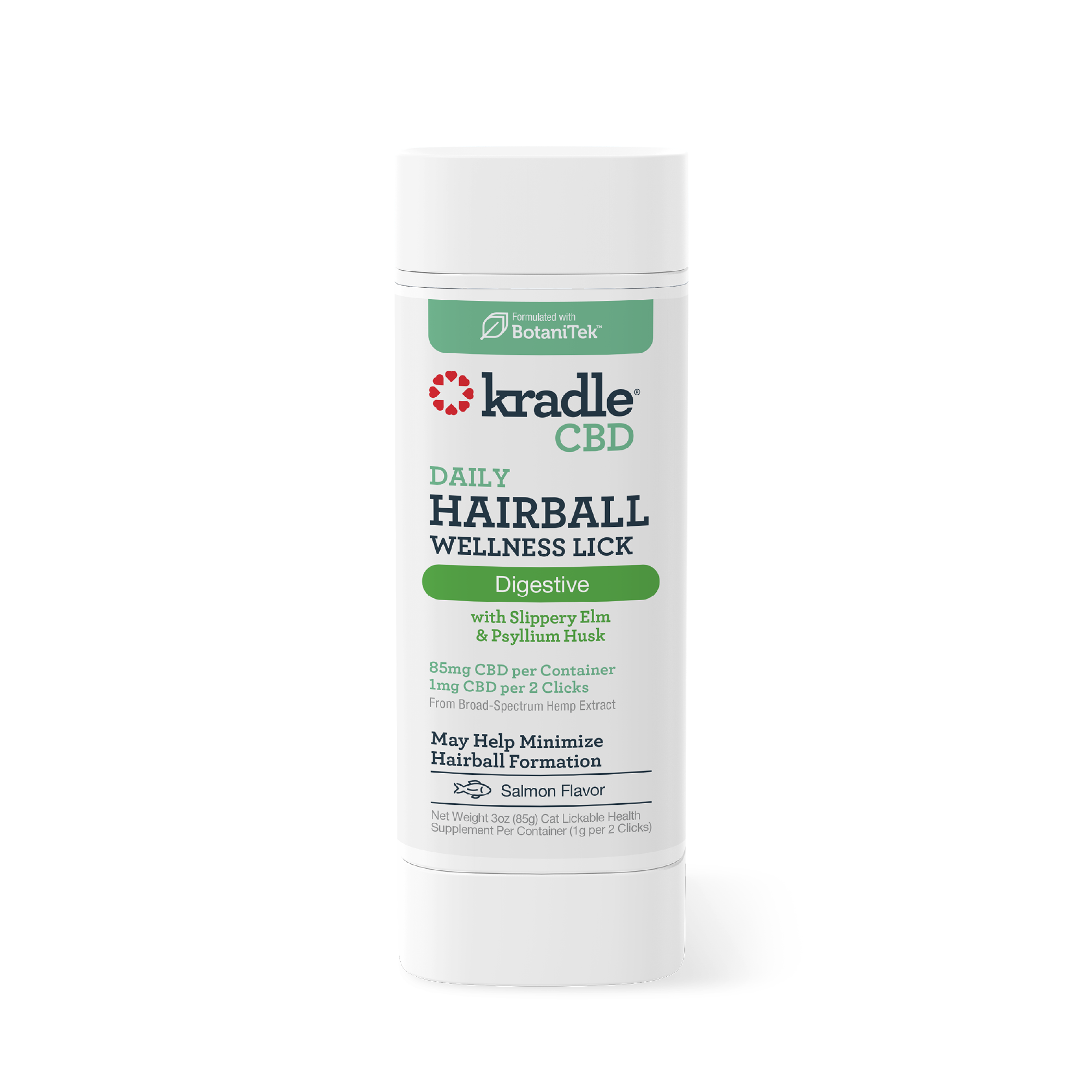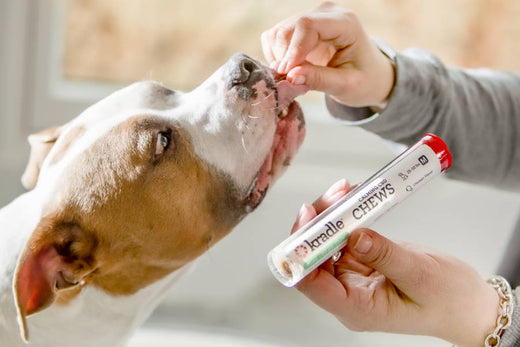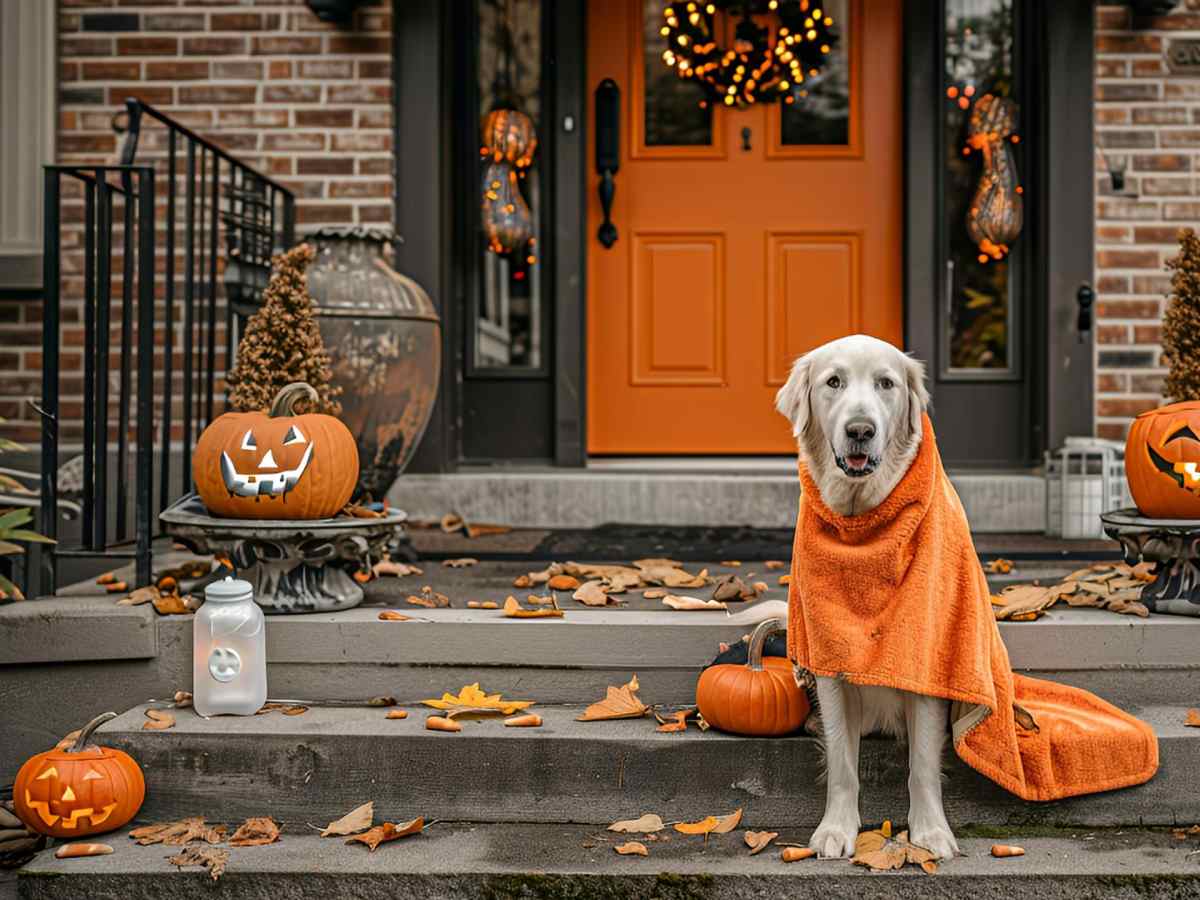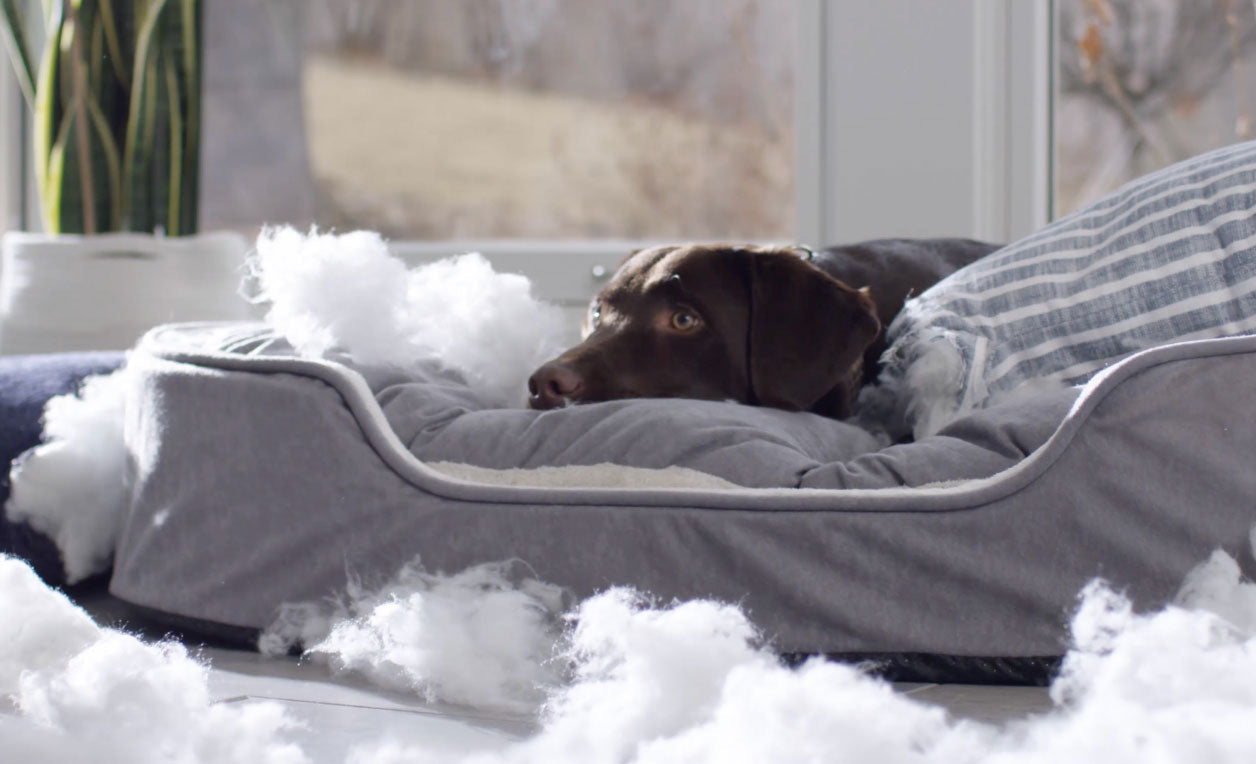
Top 10 Dog Breeds Prone to Separation Anxiety Issues
What is Separation Anxiety in Dogs?
According to veterinary behavioral specialists, up to an astounding 40% of dogs experience separation anxiety — a number that likely only increased with the COVID-19 pandemic. Our four-legged friends spent the better part of two years at their owners’ sides 24/7 as they worked from home, only to have many pet owners continue to return to work.
To help most anxious dog breeds with high separation anxiety, first we have to understand what separation anxiety is. Dog separation anxiety is a behavioral condition where a dog becomes excessively anxious or distressed when separated from their owner or left alone. This condition can manifest in various ways or symptoms, and often stems from a strong attachment to their human companions. It is extremely common in dogs that have experienced changes in their living situation, a new schedule, or the loss of a family member or another pet.
Symptoms of Separation Anxiety
- Vocalization: Excessive barking, whining, or howling, often beginning shortly after the owner leaves.
- Destructive Behavior: Chewing furniture, scratching doors, or destroying household items.
- Pacing: Repeatedly walking in circles or along a specific path.
- House Soiling: Urinating or defecating indoors, even if the dog is house-trained.
- Escape Attempts: Trying to escape through doors or windows, often leading to self-injury.
- Excessive Salivation or Panting: Physiological signs of stress.
- Refusal to Eat or Drink: Loss of appetite when the owner is away.
Causes of Separation Anxiety
- Changes in Routine: Sudden shifts in the owner’s schedule or long periods of absence.
- New Environment: Moving to a new home can trigger anxiety.
- Past Trauma: Dogs adopted from shelters or rescues may have experienced abandonment.
- Loss of a Companion: The departure of another pet or family member.
Top 10 Dog Breeds with Separation Anxiety 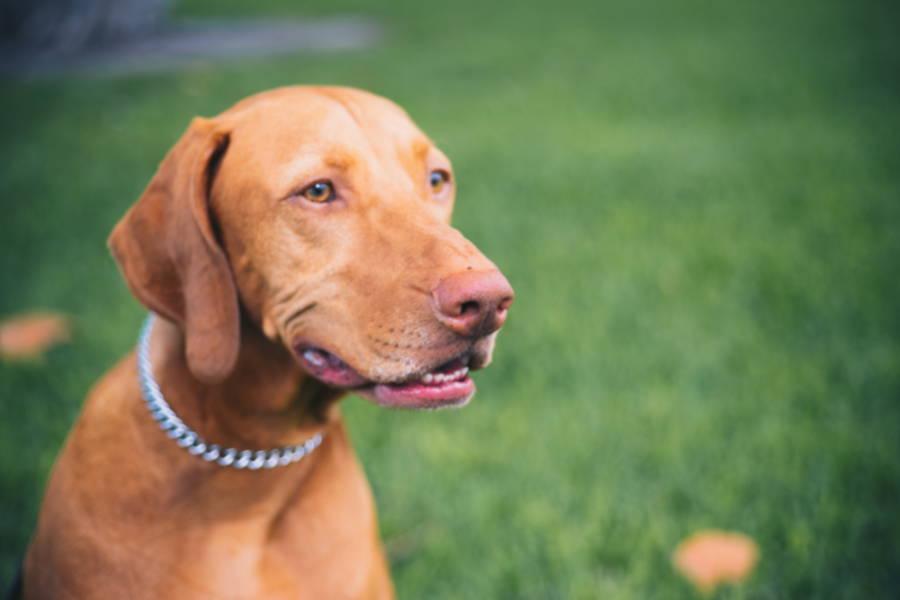
As it turns out, some dogs may be more prone to separation anxiety than others depending on their breed. Breed variations like energy level, temperament, and trainability are among some of the factors that can affect a dog’s likelihood of having high separation anxiety. While there are no breeds are free from separation anxiety, recent research from Furbo.com sheds light on the top 10 breeds of dogs with the worst separation anxiety. See below for a recap of the top dog breeds with separation anxiety, and what you can do to help your furry friend.
10. Toy Poodle
Poodles are known to be an affectionate dog breed. This type of poodle has been bred as a companion dog, and, therefore, requires an abundance of human interaction. Toy poodles tend to be one of the more clingy dog breeds.
9. German Shorthaired Pointer 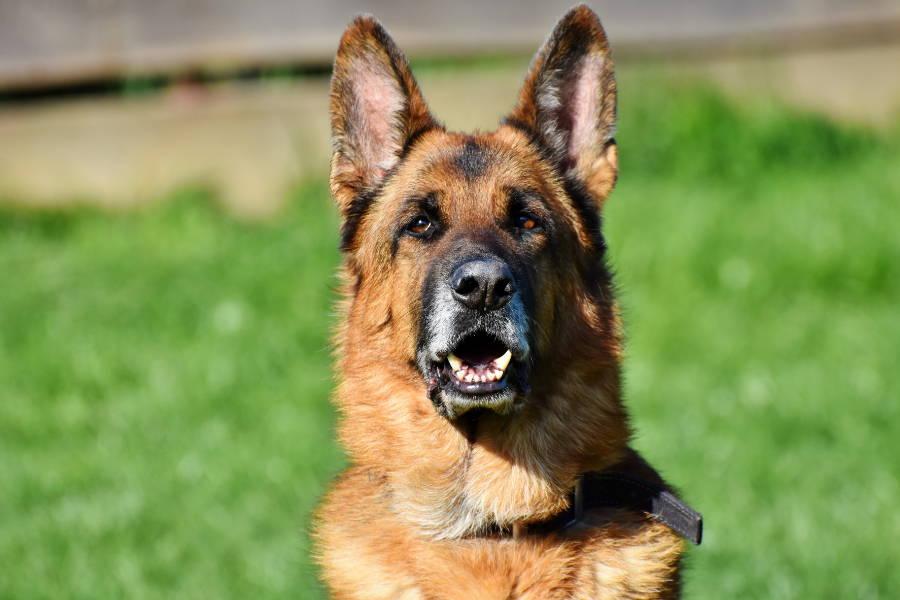
Created to hunt with humans, these doggos have a natural inclination to stay close to their people. When left alone for long periods of time, they can become bored rather quickly.
8. Vizsla
Like the German Shorthaired Pointer, the Vizsla is a hunting dog with heaps of energy. They enjoy keeping active and need to be around people at all times in order to remain their happy-go-lucky selves.
7. Bichon Frise
These pups are typically cheerful, sociable, and very loyal. This means they can become attached to their owners and dependent on companionship.
6. Australian Shepherd
Aussies are a herding breed and rejoice in staying busy. As with most herding breeds, they are intelligent and sensitive to their surroundings, making them more likely to react negatively when something is off in their daily routine.
5. German Shepherd
German Shepherds are fiercely protective, smart, pack-centric animals that have a tendency to become anxious and destructive when they're not with their pack.
4. Jack Russell Terrier
Small but mighty with energy! Bred as a working dog, Jack Russell Terriers will search for a job on their own if they aren’t given one. Digging enthusiasts, they can do some damage seeking out entertainment while their owner is gone for the day.
3. Cavalier King Charles Spaniel
The Cavalier King Charles Spaniel breed falls on the anxious side in general, including when it comes to separation. This is in part due to the fact that they’re bred as companion and lap dogs.
2. The Border Collie
Border Collies are considered by many to be the most intelligent dog breed. As such, they can easily get bored without mental stimulation, which may manifest itself in anxious and destructive behaviors.
1. The Labrador Retriever
If your four-legged pack includes a Lab, you know firsthand how social this breed is! Labs simply love being around people, and, as a result, struggle when left alone for long periods of time.
Did your pup make the list? Remember…this is not a comprehensive list of dogs with high separation anxiety. A myriad of other factors apart from breed can impact a dog’s response to being away from their owner. It’s also important to note that separation anxiety can develop at any age.
Why Do Some Dogs Experience High Levels of Anxiety?
Certain breeds are more prone to anxiety due to their genetics and temperament.
- Herding Breeds: Border Collies and Australian Shepherds are highly sensitive and intelligent, which can lead to over-alertness and anxiety.
- Toy Breeds: Small companion dogs, like Chihuahuas and Poodles, may develop anxiety due to their attachment to humans.
- Guarding Breeds: Dogs like German Shepherds or Dobermans are naturally protective, which can make them anxious in unfamiliar or uncontrollable situations.
How to Help Dogs with Separation Anxiety
There are several things a pet parent can do to help manage stress for the most anxious dog breeds.
- Gradual Desensitization: Start with short departures and gradually increase the time away. Make exits and returns low-key to avoid heightening the dog’s anxiety.
- Try CBD Dog Calming Chews and CBD Dog Bones:
- Provide Mental Stimulation: Use puzzle toys or food-dispensing toys to keep the dog engaged. Leave out favorite toys or comfort items.
- Exercise: Ensure your dog gets sufficient physical activity to reduce excess energy and stress.
- Safe Space: Create a designated, comfortable area where the dog feels secure when alone.
- Professional Help: Consult a veterinarian or canine behaviorist for severe cases. Medications or calming supplements may be prescribed as part of a treatment plan.
- Consider a Companion: In some cases, another pet can provide company, though this requires careful consideration and planning.
Things to Avoid
- Punishing the dog for anxiety-related behaviors, as this can increase stress.
- Prolonged goodbyes or overly emotional reunions, which reinforce the anxiety.
If left untreated, separation anxiety can significantly impact a dog’s well-being and the owner’s quality of life, so early intervention is key.
FAQs
How can I tell if my dog has separation anxiety?
There are several signs that your dog may have high or worsening separation anxiety, including vocalization or excessive barking, destructive behavior, pacing, house soiling, escape attempts, excessive salivation or panting, or a refusal to eat or drink.
Can separation anxiety in dogs be treated?
Yes, separation anxiety in dogs can be treated, although the process requires time, consistency, and patience. People often ask how to train a dog with severe separation anxiety, but it is more of a process than training. The treatment often involves a combination of behavior modification techniques, environmental adjustments, and sometimes professional help. While it may not always be "cured" completely in every case, most dogs can experience significant improvement and lead happier, less stressful lives.
What causes separation anxiety in certain dog breeds?
Some breeds are naturally more prone to anxiety due to their temperament and genetic traits. Breeds known for being sensitive, intelligent, or dependent may struggle more with being alone. Overbreeding and poor socialization can also play a role in being clingy or having high separation anxiety. Dogs from irresponsible breeding practices may inherit anxious traits. Lack of early exposure to various environments and situations can make dogs less resilient to changes, including separation.
Are there any products that can help calm a dog with separation anxiety?
Yes, there are some great, natural calming products that help promote relaxation in pets. CBD dog calming chews and occupying CBD dog bones may help dogs with high separation anxiety.
Is it possible to prevent separation anxiety in puppies?
Yes, it is possible to prevent separation anxiety in puppies through proactive training and socialization. While no method is guaranteed, following the steps below can significantly reduce the likelihood of separation anxiety developing later in life. Teaching independence early in the puppy’s life, make alone time a positive thing, encourage socialization, and maintaining a consistent routine will all help prevent or mitigate separation anxiety.

